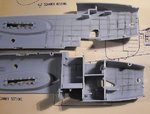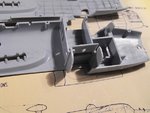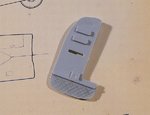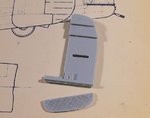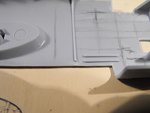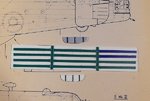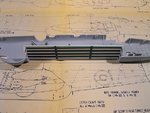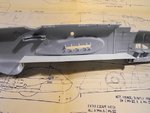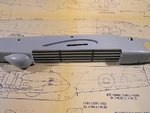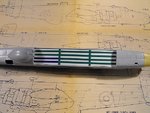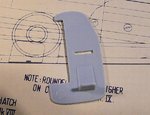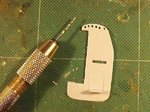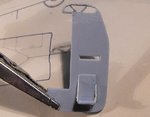woljags
Staff Sergeant
where do you get 1/72nd scale plans,i've been looking for some for years,the old aviation news i used to get as a kid had them but in the moves over the years i've lost all the plans i'd saved
Follow along with the video below to see how to install our site as a web app on your home screen.
Note: This feature may not be available in some browsers.
Ad: This forum contains affiliate links to products on Amazon and eBay. More information in Terms and rules
One of the best modelling tools I've ever had.
 I think The Master (ei. Wayne) now has a partner in crime!
I think The Master (ei. Wayne) now has a partner in crime!
